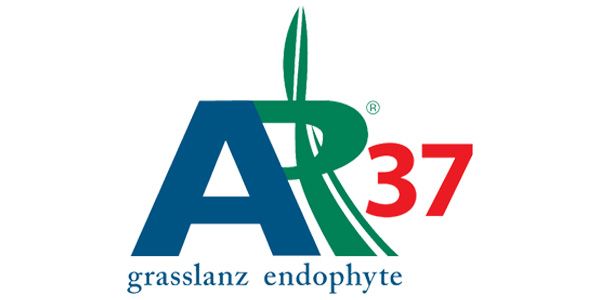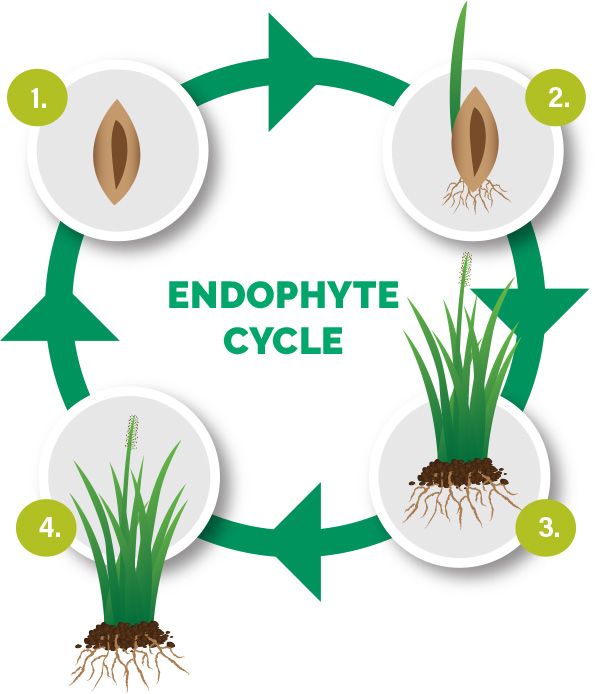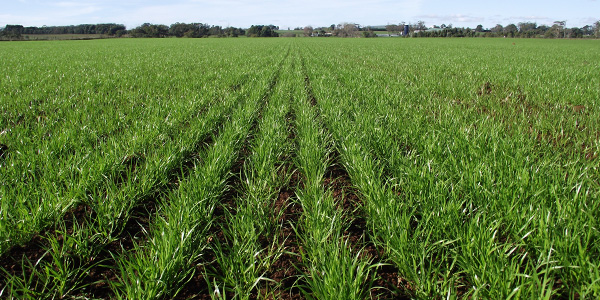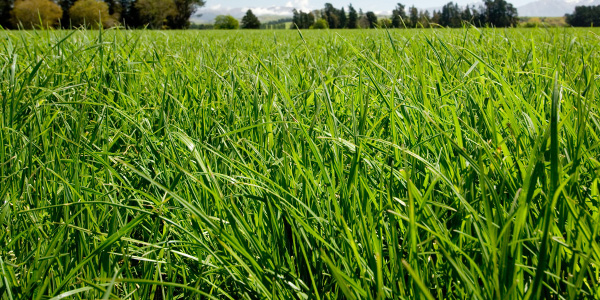
Endophytes
Endophytes
What is an Endophyte?
An endophyte is a naturally occurring fungus that is found in ryegrass and tall fescue pastures. They are essential for persistence in most New Zealand pastures.
Endophyte cycle
- Endophyte is found in embryo of infected seed.
- The endophyte grows into the emerging leaf as the seed germinates.
- The endophyte is concentrated in the base of the plant, not in the roots.
- The endophyte grows up the stem and into the seedhead of the reproductive plant.
Al Moorhead and Glenn Judson are here to fill in all the gaps; from just what endophytes are, what they mean to New Zealand, how they pass through generations of ryegrass and how they help with various pasture pests on The Al & Juddy Show podcast, or check out more Seed Dating episodes here.
Key Ryegrass Endophyte Descriptions
AR37
AR37 is a novel endophyte that produces none of the alkaloids found in other commercially available endophytes. It produces a unique type of alkaloid (epoxy-janthitrems), which has never been found in any other ryegrass/endophyte combination. AR37 has resistance to more pasture insects than any other ryegrass endophyte commercially available including:
- Black beetle adults
- Pasture mealy bug
- Root aphid
- Porina
- Argentine stem weevil larvae
AR1
Where insect pressures are low, ryegrass with AR1 endophyte is an excellent option for animal health and production. Pastures with the AR1 endophyte are protected against Argentine stem weevil and pasture mealy bug, but deliver only a low level of control against black beetle.
Low Endophyte
Ryegrass without endophyte or with low levels of endophyte provide little or no protection against common insect pests.
MaxP® endophyte
MaxP® is a tall fescue novel endophyte that produces peramine and loline alkaloids which give an increased level of insect tolerance, increasing the production and persistence of tall fescue. MaxP® is available in Hummer and Haven tall fescue. MaxP® endophyte offers protection against black beetle adult, root aphid and field cricket.
MaxR® endophyte
MaxR® is a naturally occuring endophyte Neotyphodium uncinatum, part of an endophyte family that produces the alkaloid loline. Lolines are found in above ground material of the plant but also in large concentrations in the roots where it can influence a range of insects. Oakdon meadow fescue is a New Zealand bred meadow fescue which contains the loline-producing endophyte MaxR®. Meadow fescue endophytes are known to act as a grass grub deterrent.

Learn more about AR37
AR37 Endophyte



